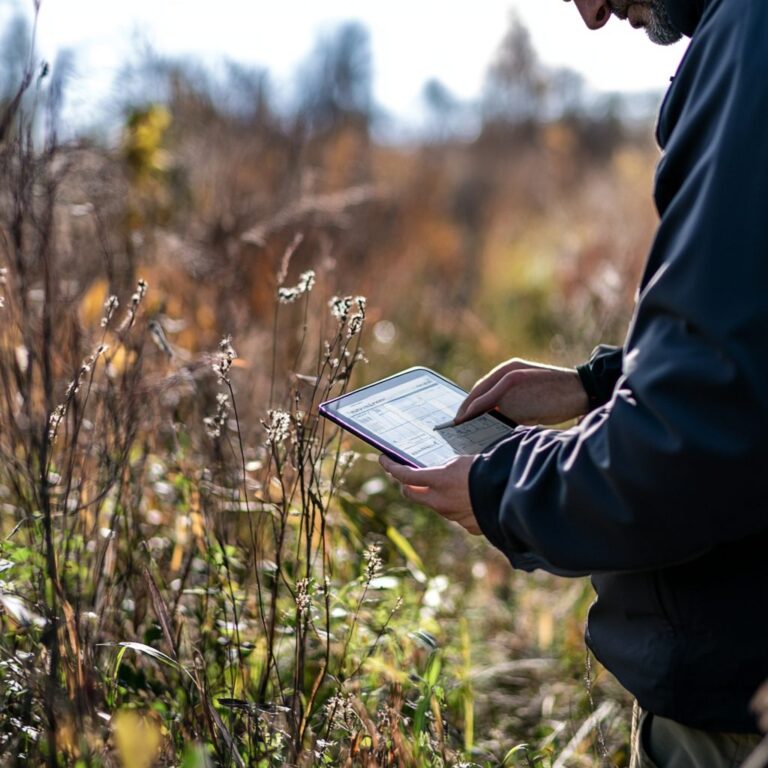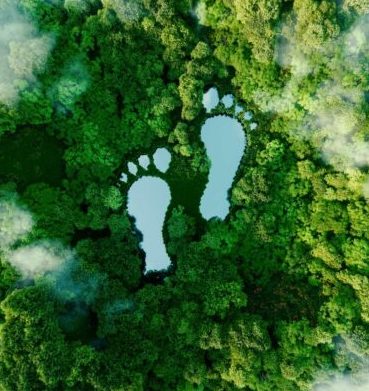Saturday, July 5, 2025
By Kate Lindsay and Scott Jackson
The lives of Canadians are intrinsically linked to our forests. We know that they provide us with oxygen, clean our air and water, and provide habitat for thousands of species of plants and animals. For a long time, these were the benefits of forests that we focused on and that motivated us to protect them. As we increasingly enter an era of innovation, grapple with climate change and emissions, and face a growing urgency to make traditional industries more sustainable, we must also acknowledge that our forests offer many other benefits.
Our forests are a source of renewable building materials, energy, and recyclable and compostable paper and packaging products, are central to Indigenous reconciliation and economic self-determination, support green jobs, and are critical in our efforts to address climate change and develop a net-zero carbon economy. And this all requires sustainable environmental stewardship.
The principles of environmental stewardship are applied to Canada’s forestry sector through sustainable forest management, and it plays an important role in securing our ability to derive all the value forests have to offer over the long-term and in promoting the right balance between our social, ecological, and economic needs.
There have been recent calls for greater protection of Canada’s forests, yet what many people don’t realize is that Canada is already a world-leader in sustainable forest management. Our forest sector is responsible for 40 per cent of the third-party environmentally certified forests in the world, a noteworthy accomplishment for a country with only nine per cent of the world’s forest resources. Additionally, 90 per cent of managed forests in Canada are on public lands. When this is the case, tree planting or tree harvesting activities must first be approved by the responsible government, be it provincial, territorial, or Indigenous, and the activities must support the implementation of a long-term plan — commonly called a Forest Management Plan (FMP). In short, every area of Canada’s managed forests that is harvested must be renewed by law.
Canada’s success in forest management can be attributed in large part to this mandate, and the coinciding strict set of laws and policies than govern how our forests are managed. These all exist to ensure our forests remain forests forever.
Forest regeneration in Canada
When a managed forest is harvested in Canada, a variety of best practices are applied. This includes a key component of all FMPs, which is outlining how the forest will be regrown afterwards, often referred to as forest regeneration or reforestation. This involves decisions by professional foresters around how an area will be renewed, including whether seedlings will be planted or if the forest will be left to regenerate naturally. The FMP also identifies when renewal activities will take place (usually within one or two years to optimize early growth), and what trees species will be grown (e.g., poplar, spruce, pine). Other considerations, such as current and future habitat needs of local wildlife species, also play a role in this decision-making process.
Each area identified for harvest, and thereby renewal, must be planned in a way that respects and mimics natural ecological processes and that promotes a natural forest condition. In this process, considerations are given to the size and shape of the harvested area, the number of trees to be retained on site, coarse woody debris left for habitat on the ground, and the proximity of harvested areas to each other. This approach is complemented by management practices that avoid harvesting in ecologically important areas, such as shoreline forests that prevent erosion and calving or nesting sites, ensuring that sufficient habitat for key wildlife species is always maintained. To ensure FMPs are effectively considering the future of our forests, modeling occurs over a 150–200-year timeline to avoid unforeseen or undesired long-term ecological impacts.
These plans are also not made in isolation or without collaboration. Professional foresters work and engage with a variety of stakeholders, including local residents, Indigenous communities and partners, and a variety of experts who can augment the plans with additional insight.
In Canada, all of this careful planning, consideration and decision-making takes place before a single tree is harvested.
Climate change and our forests
Canada’s approach to sustainable forest management ensures we protect and steward this natural resource for future generations, as well as helps us equip forests so they can withstand the effects of climate change and, simultaneously, help fight it. Climate change is already negatively impacting Canadian forests and communities. Large pest outbreaks, larger and more intense forest fires leading to air quality advisories, community evacuations, and devastation are all mere examples of the impact of climate change.
Forest management equips our forests to survive increasing climate threats and it has evolved to include planting trees that are more adapted to a changing climate, such as trees that are more drought resistant, planting more diverse species, and more active thinning to prevent the buildup of fuel for fires. These techniques are referred to as “Climate Smart Forestry.”
But we also know that forest protection is not enough to make sufficient progress in our climate goals and objectives. As the world looks for more opportunities to decarbonize and reduce our use of fossil fuels, using wood innovatively — be it building with mass timber, as environmentally friendly product alternatives to single-use plastic, or as bioenergy — is key to making the progress we need. For example, one cubic metre of wood stores one tonne of carbon, and when we harvest wood to make manufactured wood products, we retain and capture the carbon that trees have taken out of our atmosphere. This carbon is stored in the products well beyond the natural lifespan of the tree, and at the same time, new trees that are established absorbing additional carbon dioxide, providing a net carbon benefit.
The future of forestry
Environmental stewardship as it relates to our forests is far more than the process of regeneration or reforestation that we so often think it is. Even though 400-600 million tree seedlings are planted each year across Canada, we have a responsibility to thoughtfully and innovatively use this resource to help our country get closer to where it needs to be in terms of carbon capture and emissions reduction, and to do so faster.
The world is changing, and forestry has a vital role to play in helping us function as a more sustainable society. Already, the number of forestry-related careers is rapidly expanding with opportunities in science, research and development, policy, and innovation. The development of new products as alternatives to traditional non-wood-based products, the implementation of aerial imagery techniques as part of regeneration surveys, and next-generation technologies like remote operating systems and harvesters, will all be a necessary part of the sector’s future.
Conserving our forests is one critical part of sustainable forest management and must be considered in tandem with other practices if we are all to continue experiencing the true benefits that Canadian forests have to offer. From carefully planned regeneration to maximizing carbon capture potential and furthering innovation, the future of forestry is a dynamic one — and we need Canadians to get on board.


Kate Lindsay is senior vice president at Forest Products Association of Canada and Scott Jackson is responsible for conservation biology at Forest Products Association of Canada.
Featured image credit: Getty Images.











